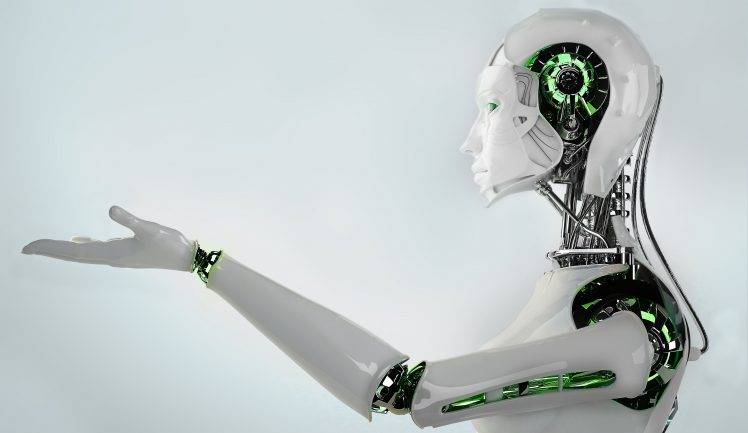Share this Post:
There is a completely new paradigm shift in the technology space that is ushering in a sort of revolution that will fundamentally alter the way we live, work, and communicate - akin to the industrial revolution. Something that world has not seen since
Deep Learning is an amazing tool that is helping numerous industries create exciting AI applications. For example, it is helping us build self-driving cars, push towards accurate speech recognition, computers that can understand images, programmatically translate over 100+ languages, automatically organize photos, identify faces, recognise several visual concepts and much much more.
At the core of all these developments is an underlying technique known as deep learning, which attempts to mimic the layers of neurons in the brain’s neocortex. Deep learning is a subset of a subset of artificial intelligence, and it works by trying to create an artificial neural network by simulating how the brain works, to solve problems.
Deep learning can make sense of data using multiple layers of abstraction. During the training process, a deep neural network learns to discover useful patterns in the digital representation of data, like sounds and images.
Though it’s been more than a half-century since the science behind deep learning was discovered, it is just now beginning to heat up considerably to have such a widespread impact. The main reasons are two-fold, ubiquitous access to powerful GPUs via the cloud, and an exponential rise in the availability of digital data.
We now live in an digital era where we’re creating more image, video, audio and text data than ever before due the proliferation of smartphones and connected devices (IoTs). This is the phase of super explosion of Deep Learning that’s taking place all around.
Essentially, AI is like the new electricity, that as a new technology transformed the world 100 years ago. Over time, Deep Learning based algorithms will evolve further and start reasoning better than humans do.
However, the big challenge is the complexity in understanding the nuances and subcategories of this science and the developer community coming to terms with it, to build niche applications.
Any high level search of trending terms such as Convolutional Neural Networks, Long Short Term Memory networks, Recurrent Neural Networks, Support Vector Machines etc. are not terms that an average developer can grapple with easily.
That’s why it’s important that the people who have the depth of understanding on these heavy topics and who have hands-on skills in the nuances of neural networks are also required to share their work with as many people as possible.
Such companies who nurture the right talent, who build the depth in working with the nuances of techniques and the variations in data, are the ones who are capable of developing impactful and deeply insightful solutions leveraging these techniques that are now available.
In essence, democratizing access to machine intelligence algorithms, tools, and techniques is the first step and its already well on its way. However, for anybody trying to go down the road of deploying their deep learning model tuned for a real-life production environment - they’re going to run into a lot of problems pretty quickly. It’s a new space that’s not well-explored yet and there aren’t a lot of talented people out there who know how to get this done right.
Achilles Heel of Deep Learning:
There are enough examples on how to recognise a cat in a photo using pre-trained models and with sample data. But when the problem shifts towards recognising a particular type of jeans in a photo or for a celebrity detection or for a particular brand detection all of which could be appearing with widely varying degrees of appearance in natural settings, the problem gets really hard.

Producing large, labelled datasets is an achilles heel for most deep learning projects. There’s a big gotcha here: we don’t really know how deep learning “really learns”. We feed massive amounts of data and hand craft some deep neural nets, and then sit back, and wait for the algorithms learn to recognize various patterns contained within.
This belongs to a class of problems called “unsupervised learning” and there is no feedback loop - meaning, there’s no human there correcting mistakes or scoring the results until the network stops learning or reaches a level of saturation in learning.
And if the results aren’t great, then we go back to the tuning some parameters and let the training run all over again. Also, these training sessions can run from hours to days depending on the type and volume of data being dealt with.
The Future
However in the next decade AI will transform the society, as companies that want to process large volumes of unstructured data, like images or text or audio, is only rapidly increasing everyday.

But even the likes of Google can’t recruit enough developers with vast deep learning experience. The solution is to simply teach their developers to use these techniques instead.
Therefore, companies with niche skill sets and the depth in handling the nuances of this emerging area will see a lot of demand in the immediate future.
We focus on leveraging our expertise in this space and our using our platform as an accelerator to help our customers through the journey of the fast-changing digital world.